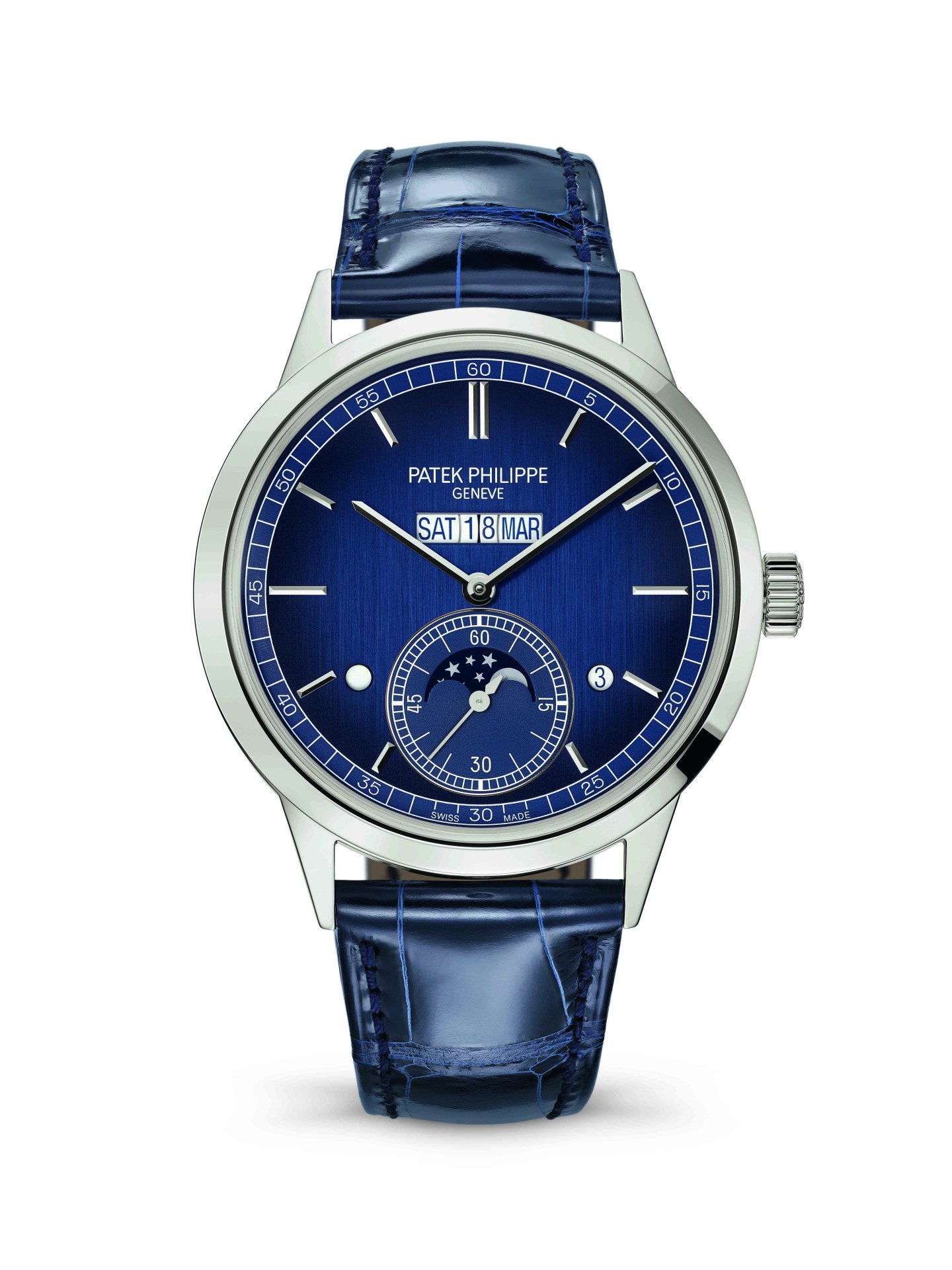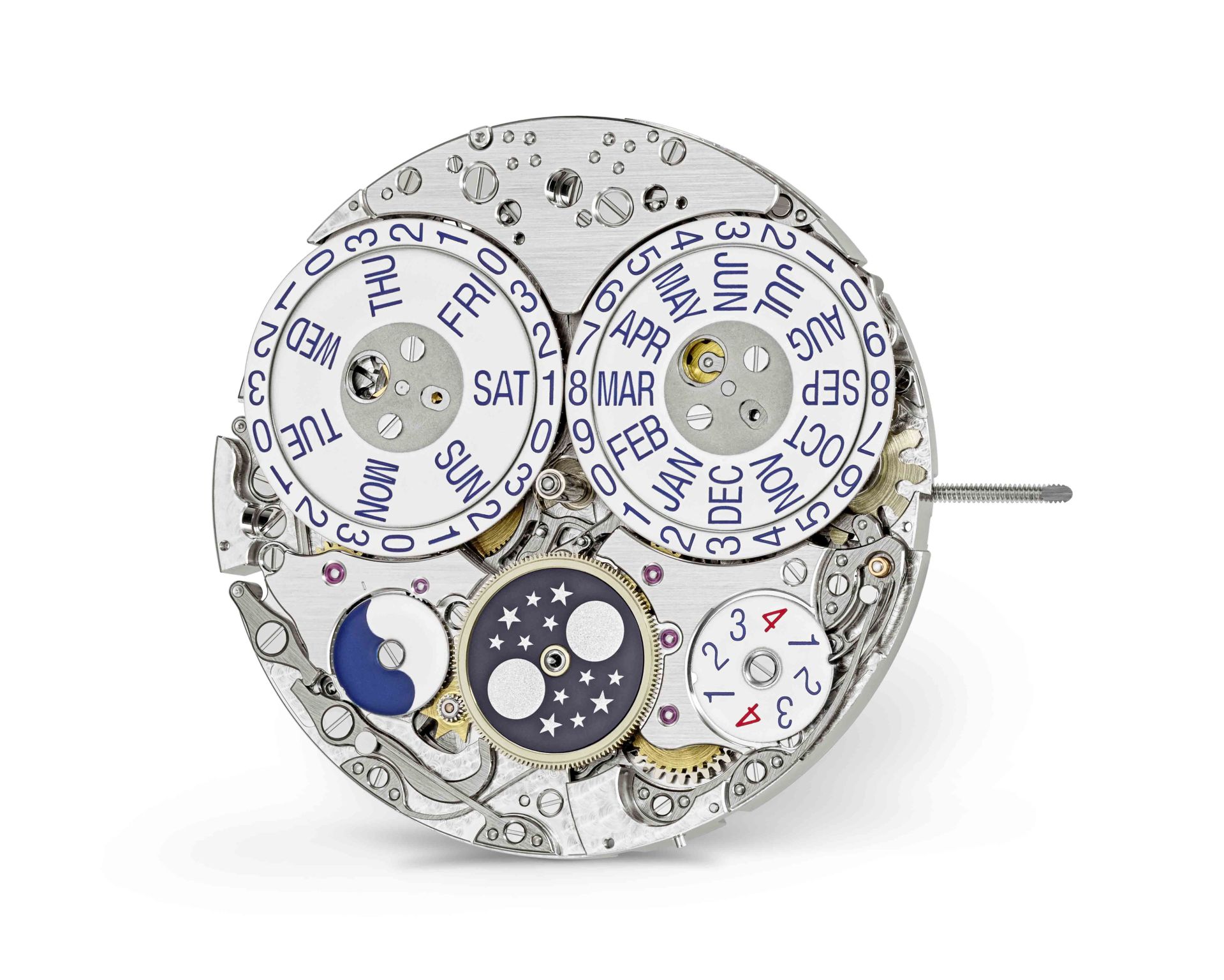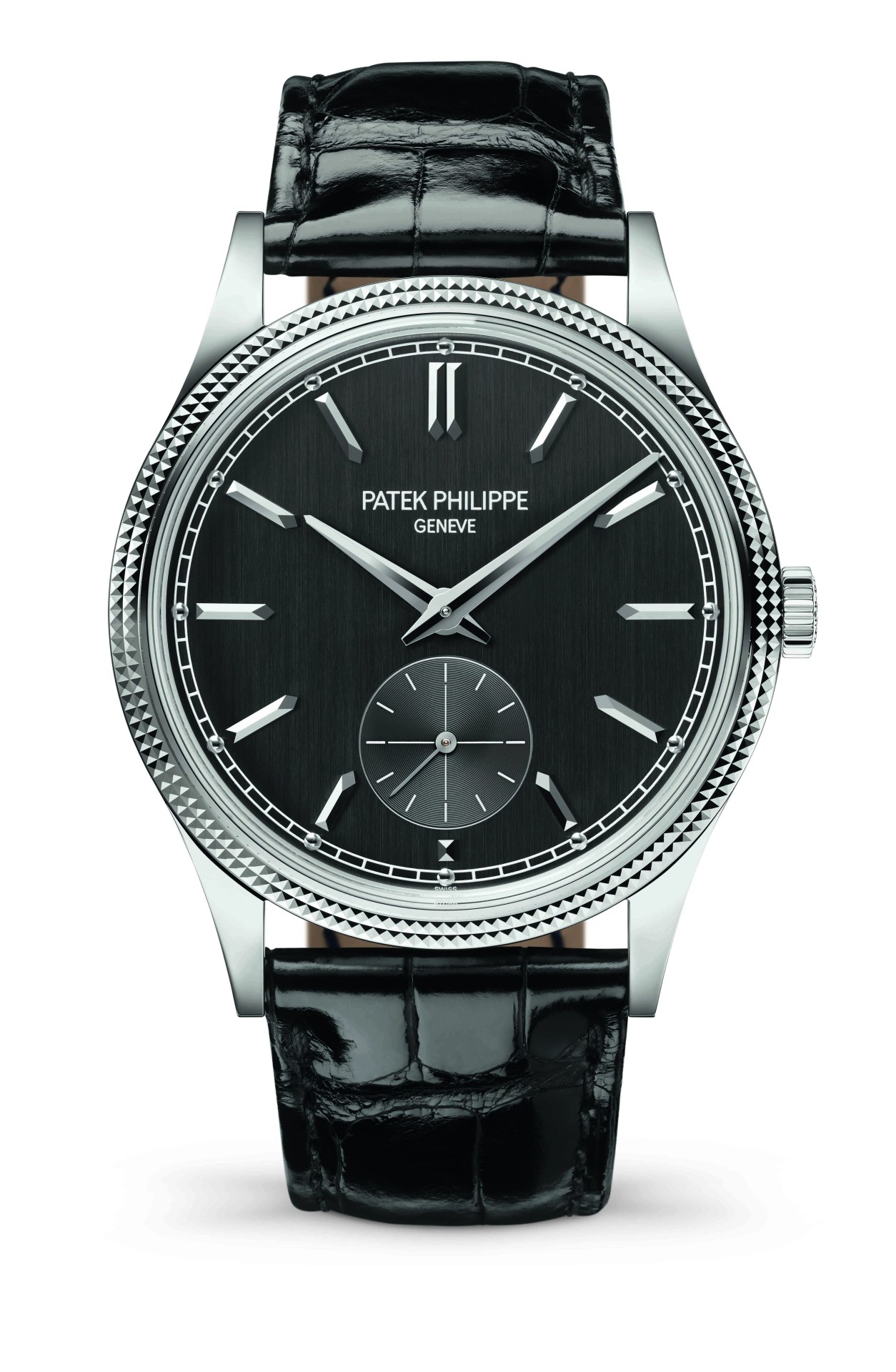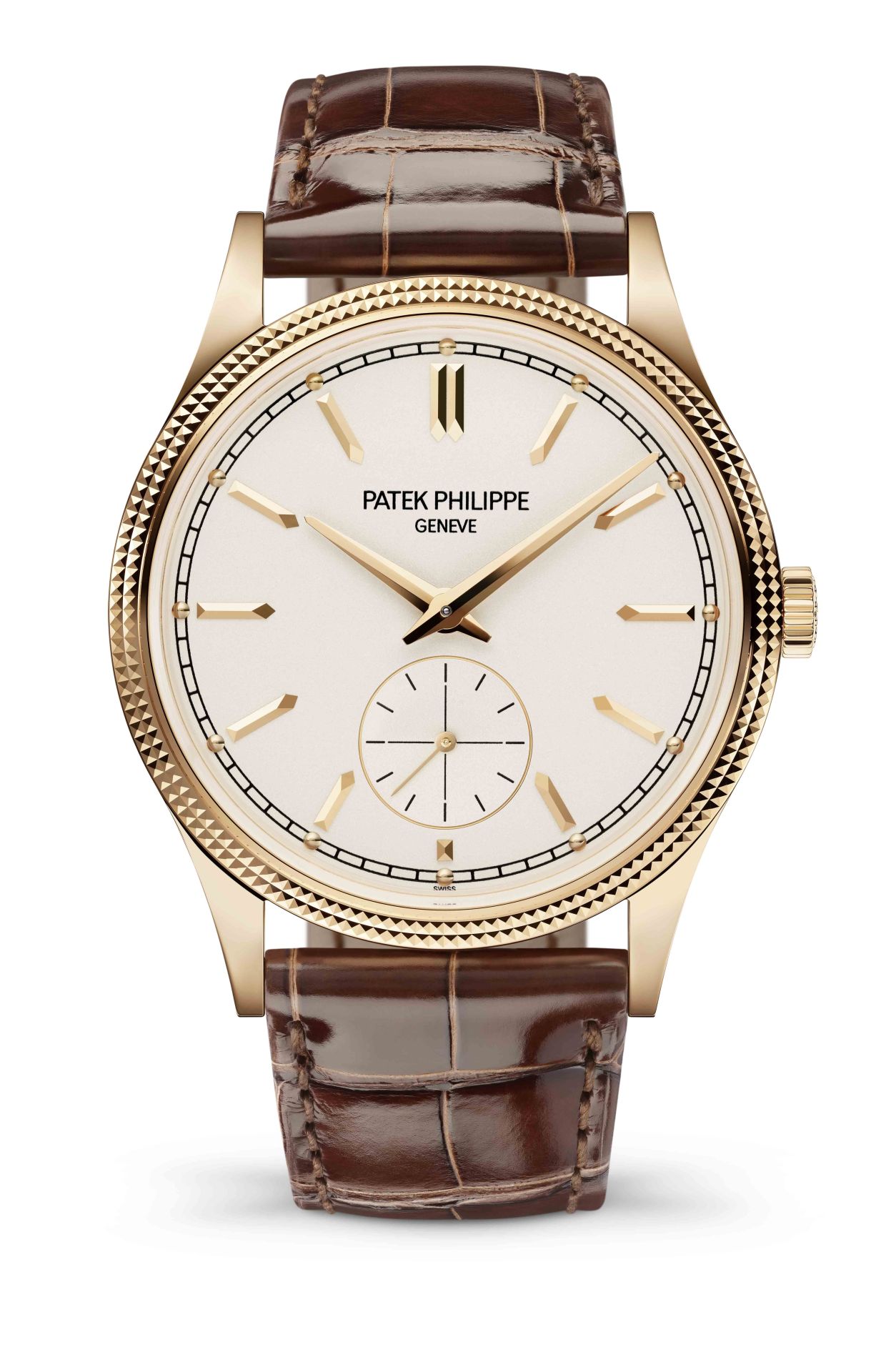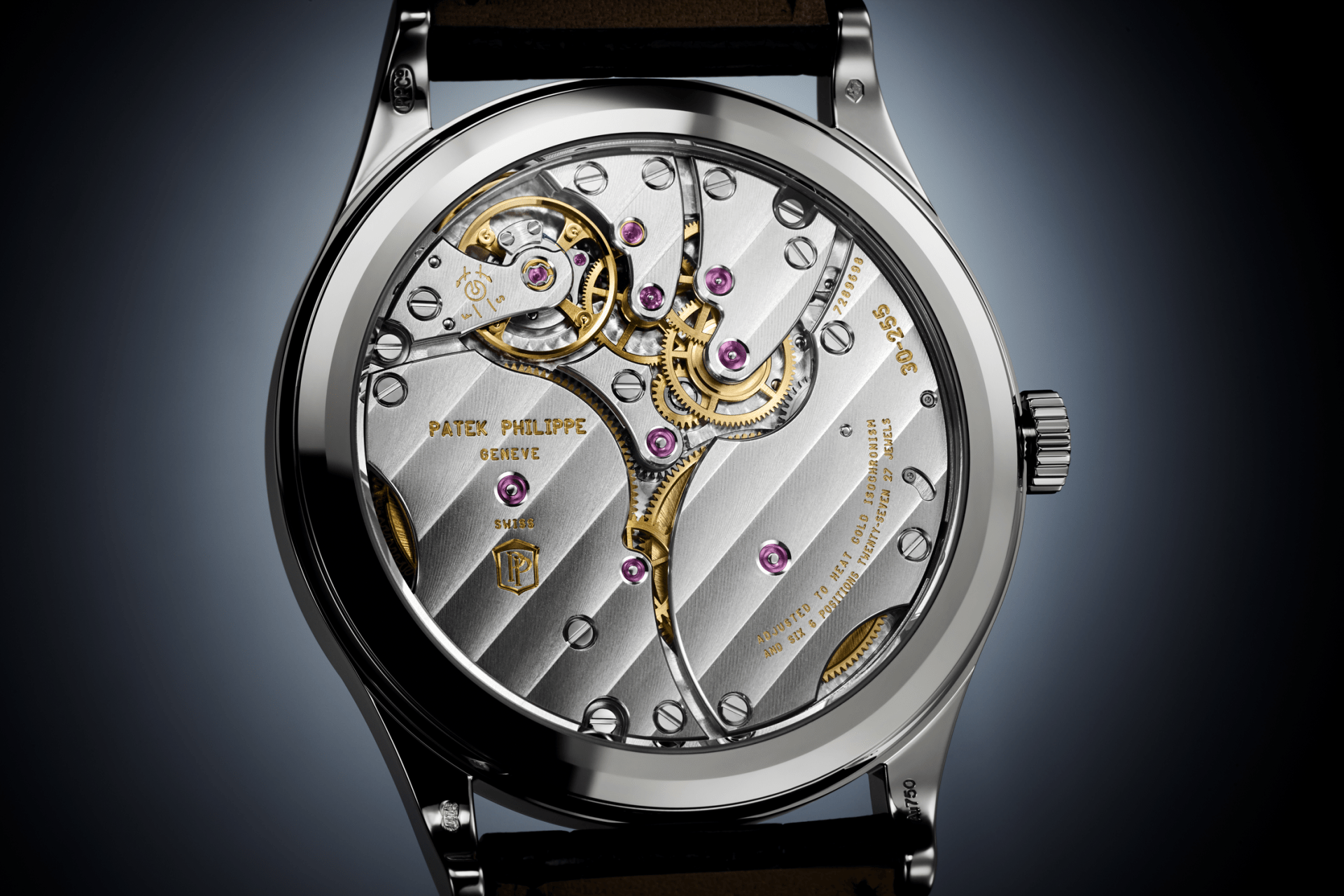This year, the Watches & Wonders Geneva trade show is once again an online event — only this time, it includes brands such as Rolex, Tudor, Patek Philippe and more. Check back here often for our coverage of this horological mega-show to see all the latest watches.
Many fans of modern Patek Philippe are consumed with the Nautilus — and in particular, with the reference 5711, the steel, time-only variant that was recently discontinued, only to be brought back for a “victory lap” in green. But Patek is about much more than the Nautilus, which only debuted in the 1970s. Though it’s frequently overshadowed, the Calatrava is really the essence of the maison.
Upon its debut in 1932, the Calatrava fairly quickly rose to prominence as the platonic ideal of the dress watch: slender and simple, with a sub-seconds display and a precious metal case paired to an elegant leather strap, the diminutive 30.5mm reference 96 was an instant classic, and formed the base upon which modern Patek Philippe was constructed. Indeed for many watch enthusiasts, when they think of a “dress watch,” they think of a Calatrava.
The Calatrava, given its pricing, was long-considered the entry point into Patek Philippe, and indeed, may still be for many clients, depending of course on their taste. However, Mr. Thierry Stern, president of Patek Philippe, does admit that this is largely dependent upon a client’s personal taste: Some will of course prefer the uber-trendy steel Nautilus — others, highly complicated watches. But there will always be those who love the elegance of a Calatrava, especially one like the new manually wound 6119 (see below).
“I believe everybody has different taste,” he said. “Some people, yes, love the Nautilus, and for many different reasons — it could be fashion, it could be because of the style — but it’s the same for the other products. Some people love to have the design, like the Calatrava — which has now been updated — because they saw it on their father’s or grandfather’s wrist — and they like the mechanical movement, also. Not everybody likes to have an automatic movement. I believe it’s around 20% of our customers who are enjoying manually wound watches because it’s part of your life: You wake up, you wind your watch…it’s a process that you do, like doing sports. It’s part of your life, and they love that.”
“For me,” he continued, “having a new client come to Patek and start with a Calatrava, I would be more than happy because that client would see the whole mechanics — he would understand it also. It’s quite simple to understand. He would see the movement, which is quite beautiful. (This is why we always have a sapphire back.) Though I know that this will be only for 20% of our clients. The 80% who are left, they’re not also all going for the Nautilus. Not everybody likes (the Nautilus). It’s a trend, and this trend will end. We know that. I know it certainly, and I can end it myself if I want to.”
“We did it with the 5711 because I think it was too dangerous (to have a piece like that). But you should not be worried. Patek has been providing s0 many new models during all these years. Today we have over 190 models in the collection. We are able to create new models that will always be successful. This is our duty, and this is my challenge. This is what I do, and I’m very confident. I think the Nautilus is a beautiful watch, but there will be some other ones. The Calatrava is also a beautiful watch, and it will suit also many wrists. We all have different tastes — we should not forget that.”
So history marches on, trends change, and even a product line as enduring as the Calatrava must evolve. Given its 90th birthday next year, I fully expected 2022 to be the “Year of the Calatrava” (and it still may turn out to be…), but much to my surprise, Patek Philippe has debuted several new references with brand-new movements for the 2021 edition of Watches & Wonders — including both time-only variants and a stunning perpetual calendar. Let’s see what we have here.

